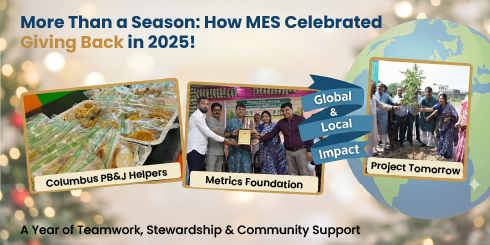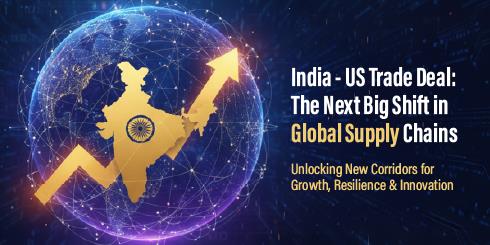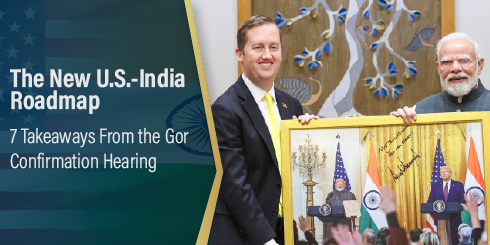Near-Shoring 35% Spend from China to Mexico for a leading lighting manufacturer
How MES helped the leader in smart lighting solutions achieve capacity without relying on China
Founded in 1892, Acuity Brands Lighting has been a North American market leader in their category for nearly as long as they’ve been in business. They’ve spent literally decades building a well-deserved reputation for innovative, intelligent lighting. Something else they’re known for are their exacting standards and commitment to advanced supply chain management.
The Challenge: Build a More Resilient Supply Chain
In 2021, as post-pandemic supply chain disruptions intensified and high tariffs on Chinese-manufactured goods created further challenges, Acuity sought a more resilient supply chain to minimize these risks. To better safeguard their operations, they aimed to relocate a portion of their production closer to home—and turned to MES for support.
As a long-term precision manufacturing and global supply chain partner of this well-regarded lighting OEM, MES was entrusted with implementing Acuity’s nearshoring strategy.
For the uninitiated, nearshoring is a business strategy that involves moving manufacturing operations closer to home. It’s a strategy that Acuity adopted specifically to counteract their concerns about their supply from China.
The Strategy: Shift from Manufacturing in China to Mexico at Warp Speed
As with any significant business change, moving manufacturing away from China is not a simple, easy, nor linear endeavor.
Developing and implementing an effective nearshoring strategy involves plenty of operational risk and even some uncertainty.
Add in an accelerated two-year timeline to move a supply base established over a 10-12 year period. And the job of shifting Acuity’s reliance away from China had the potential to make or break them—and us.
Lessons Learned: Overcoming the Obstacles One by One
Much of our work for this nearshoring project centered around developing creative ways to source and develop suppliers in Mexico while meeting the quality and delivery requirements of our customer.
Finding and Developing Suppliers
“The issues we were facing were many,” says MES Assistant Manage of Sourcing, AK Bajpai. “U.S. suppliers tend to be cost prohibitive. While Mexico is a great nearshoring option for U.S. manufacturers, it takes a long time to source, evaluate, and properly develop new suppliers. At the time, we couldn’t travel due to COVID restrictions so, instead of conducting our usual in-personal quality assessments we shifted to doing virtual walkthroughs of these plants via remote conferencing. We were able to secure and vet more than a half-dozen suppliers in just three short months.”
Addressing Pricing Concerns
“When we first starting this initiative pricing in Mexico was, on average, 1-1/2 to 3 times higher than China,” explains MES Director, Global Program Management Bhavin Shah. “That led to customer sticker shock, so we asked customer to let us explain. In our review, we demonstrated that though the initial price quotes were higher, transportation costs would be lower, which would help offset the higher per-part price. To further mitigate potential losses, we also negotiated with our suppliers and continued buying from China as part of a dual-sourcing strategy.”
Securing Tooling Resources
Prior to this OEM nearshoring project, MES had exclusively relied on supplier tooling. Unfortunately, in this case, suppliers didn’t have the necessary tooling resources. That didn’t stop MES. Instead, we hired our own tooling engineers in India, Mexico and China. MES tooling engineers now drive tooling quality, lead tooling design, and ensure strong tooling standards for all MES suppliers, regardless of which country they’re in.
Readying and Managing Suppliers
“When it comes to supplier management, the MES way is to take a boots-on-the-ground approach,” says MES Project Engineer Cristian Lopez. “We had to build a team from scratch because we believed so strongly in having people in country who can communicate in the local language and in their time zone to validate what’s happening within the manufacturing plant. As a result of this project, we also now have an APQP (Advanced Product Quality Planning) team in Mexico, charged with overseeing every step of the tooling and manufacturing process.”
Mitigating Delays and Improving Supply Chain Resiliency
Without supply chain transparency, there’s always an increased risk for supply chain disruption and quality issues, as well as higher costs and lower efficiencies. To prevent this from happening, MES developed its own tracking mechanism to make things a lot more visible. This transparency helps everyone know what steps we need to take to get from start to finish and lets everyone visualize where each part is along a linear map. In addition, MES follows other best practices, such as securing customer design and PPAP (Production Part Approval Process) approvals.
The Solution: Doing Nearshoring Better
“Out of 800 SKUs, Acuity started with 30 parts, but gradually grew those to 170+ parts within 6 short months,” says MES President Hiten Shah. “Moving everything from China so quickly while securing competitive pricing wasn’t easy. Mexico suppliers are in short supply, and tooling and pricing in Mexico are not what they are in China. There was no precedent for this, so I’m extremely proud of the MES team. Not only did we develop a clear path forward, but we also overcame tremendous, some would even say impossible, odds to develop supplier capacity from the ground up. We pivoted very quickly and, despite making some mistakes that we take ownership for, we made sure that Acuity retained their pipeline of manufactured components—and their trust in us.”
Conclusion
In about 30 months, we have moved over 35% of the spend to Mexico leveraging and developing 6 suppliers. This includes most of the critical parts which need to be resilient to meet customer lead times and quality. It also eliminates $1.5MM annually in tariff costs. We are continuing to work to move more production to Mexico to reduce the impact of any future tariffs, being predicted under President Trump’s administration.




